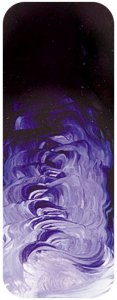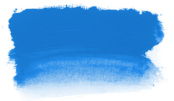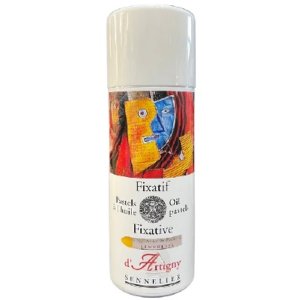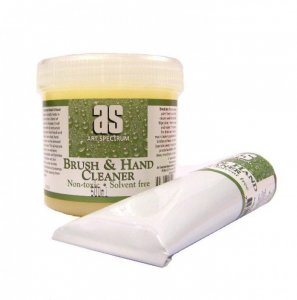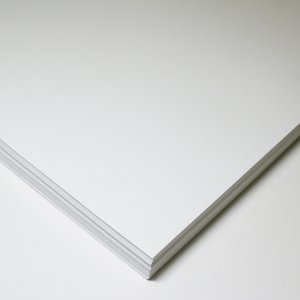Description
"Scarlet is the yellowest of the reds and people tend to assume that Will Scarlet, one of the character in the Robin Hood stories, wore clothes that were dyed this exact colour but the truth is harder to determine. At the time of the earliest Robin Hood stories (and Will Scarlet was present in the very earliest story) the fruit we call an orange and which gave us the colour name had not yet been introduced to Europe and so colours we call orange were called variously red or gold, or red-yellow. They were also, often called scarlet, especially the more reddish oranges. Consequently it is not possible to know whether the scarlet clothing that Will preferred was an actual red as the colour is defined today, or whether or not it was a colour that we would call orange today.
NAPHTHOL reds were amongst the first red colours included in acrylic ranges when they were first introduced around 1960. PR112 has for all that time served duty as a warm red and has remained popular due to its lower cost compared to it???s showier but also more pricy newer competitors. It does have a lower lightfastness rating compared to those more expensive colours but then not every artwork needs to last for hundreds of years and many many artists are well pleased with its many good qualities. Matisse has improved on the original NAPHTHOL Scarlet formulations by the simple but important addition of Pigment Orange 36 which is also known as Vermilion (Azo) as a blend. This creating a red by using PO36 is common practice in the automotive coatings industry because it offers many advantages. In this case the blend has various benefits. Firstly, the NAPHTHOL red pigment is too transparent on its own and the PO36 gives it body and greater covering power. Secondly it improves lightfastness to a certain degree but also increases weather resistance opening its use for artworks exposed to high intensity light and undercover outdoor works, especially those not intended for permanent installation.
Scarlet is a very useful colour for the artist. As the warmest red it is the best choice to use if making orange by mixing with yellow. It also shares with the traditional vermilion used by the old masters a crucial role in painting the colours found in Caucasian skins. Pinks made with a cooler red have a limited role in getting good flesh colours, but the salmony colours produced by mixing a light red, or scarlet with white are incredibly useful. That is not to say that mixing up a salmon pink and painting that all over the flesh areas is the best way to go, but rather, (allowing for the fact that skin exhibits a wide range of tones depending on the individual and the lighting conditions), that salmony pinks form one of the more important colours among a gamut that includes ochres, mauves, and other colours.
"


